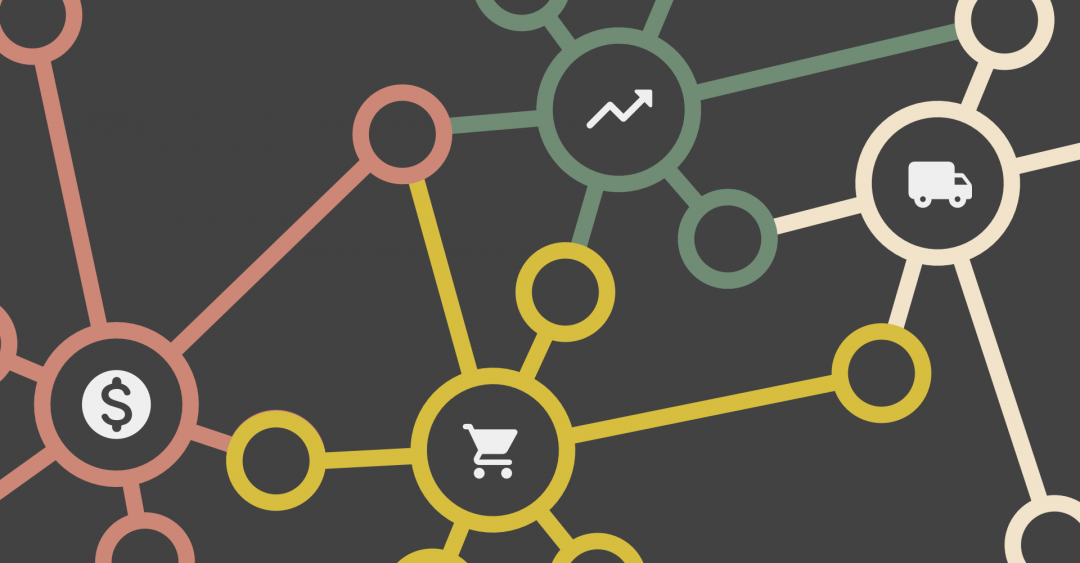Lead, Follow or Get Out The Way
The amount of digital data stored around the world doubles every two years. This unfathomable quantity of information, often available at our fingertips, is ever more important across all industries. What data isn’t big? Whether it’s the analysis of strategy, customers, culture, operations, marketing and technology; we’re increasingly more used to analysing statistics as part of decision-making…somewhere along the way. Effectively using that data to navigate as a small business isn’t straightforward. Let’s look at some different conceptual approaches; data-driven, data-led. Which is best?
As a small business matures digitally, operational systems and technology start to collect and store a great deal of useful information. This information, when analysed properly can provide an insight into the business’s customers, products, marketing, operations and culture. We can use this data to inform strategic decisions throughout a business.
This article focuses on two concepts describing how we can use that data to support decision making.
Data-Led
To be data-led is to analyse data, then make your own decisions. The data recommends a destination, then we plan the route.
Despite being experts in our field, new data from our customers, our team or our industrial partners can be enlightening. When decisions are made based on data that is constantly updated, it is proven to be a powerful tool.
With a relatively small amount of data, that swathe of information will need filtering. There will be anomalous data and outliers. We, as humans, are good at unconsciously modelling real-life scenarios to predict the outcome of complex situations. We can quickly contextualise and temper strategic decision-making using the data as a guide to managing the input parameters.
As the volume of data swells over time, out unconscious modelling will be more difficult, while statistical analysis will become more accurate. A lot of that ‘contextualising and tempering’ before making decisions based on data can become time-consuming and ineffective for us humans. Efficiency can be gained from automation. This kind of automation is considered to be data-driven.
Data-Driven
Being data driven is to set parameters and let the data trigger ongoing decisions. To put the data in the driving seat so it can take you to the right place.
Systems which make strategic decisions in an automated fashion have traditionally been reserved for very large businesses. Not only because of the complexity and cost of such robots (terms like artificial intelligence and machine learning might even start getting thrown around). But also because very large volumes of data are required to support a robot making objective analyses, avoiding outliers.
The advantage of such systems is the speed of the response, and the potential for unbiased decision making. Whether a robot built by humans can be unbiased is controversial and not always proven to be true. But decisions will not be tainted by human instinct or emotion.
Why is it so important?
It’s easy in a small business to see a data-led approach as a great target. Data-driven decision making however can feel like a luxury for the Facebook’s, Google’s and Amazon’s of this world. But in fact, understanding the difference between these concepts is essential when growing and developing your ERP Network.
Strategic decision making does not always benefit from statistical, instant action. But we make decisions based on data all day long in any business. Simple automated systems to contact customers with shipment updates, or pass in-stock orders to a third-party warehouse is data-driven decision making at its simplest. Perhaps a second step, although controversial, could be systems to automatically approve annual-leave for your team members based on other staff availability.
But which is best?
Neither is universally better per se. Between instinctive, data-led and data-driven decision making, one doesn’t subvert another. Each concept must be understood and considered.
The knowledge can be used to inform a strategy for the development of an ERP Network. Processes which might benefit from human analysis and judgement can be identified. Equally for processes where robots can be more efficient, or even where human interaction will detract from the quality of the decision making.
Identifying whether any decision is currently instinctive (without using data), data-led or data-driven can be a revealing tool when analysing complex problems with our systems, processes and workflows. Aiming for new systems to either aid human decision making, or make the decisions autonomously can be a boost to our ERP Network’s reliability and effectiveness.





